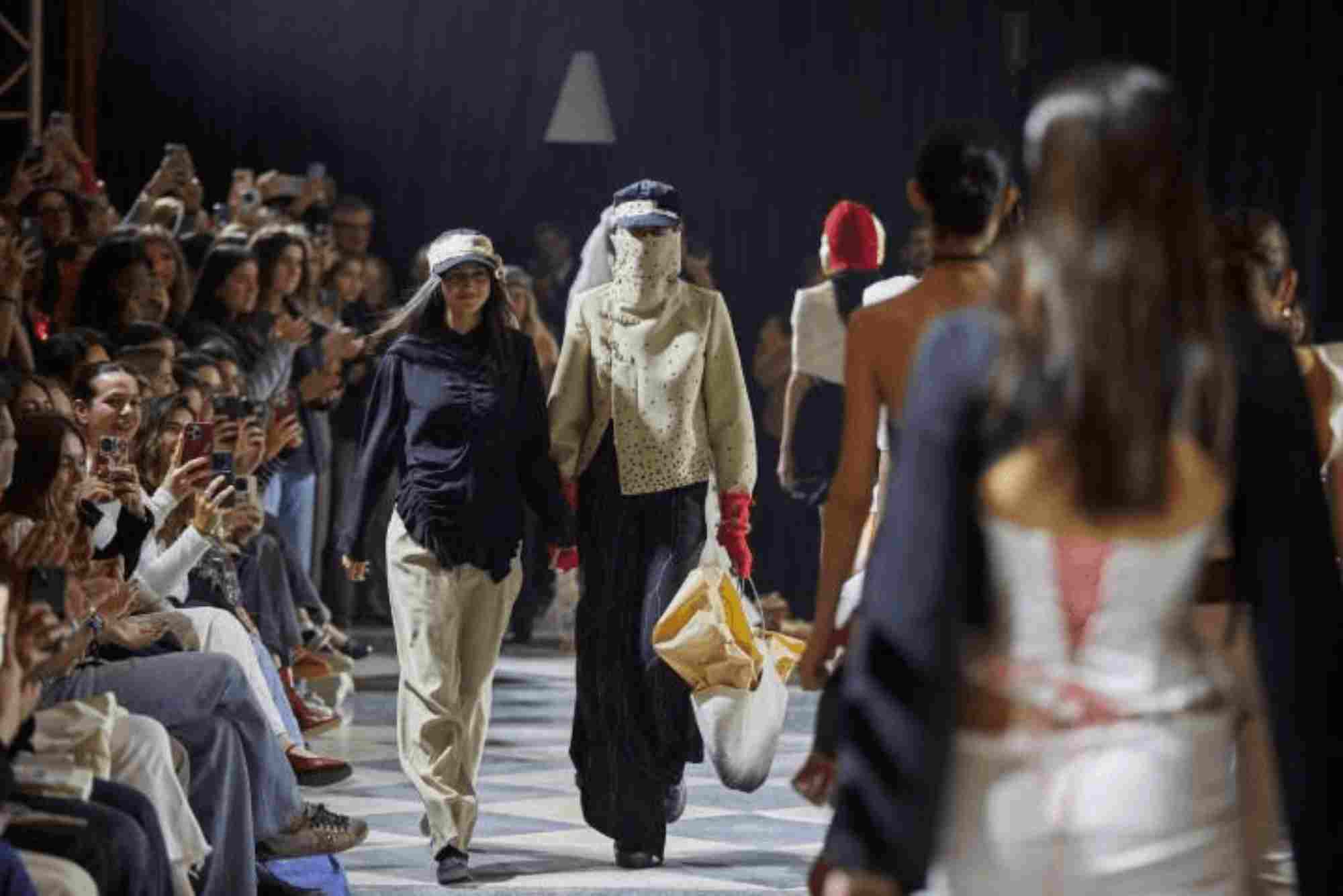Words Every Stylist Should Know
In the world of fashion, communication is just as crucial as creativity. Whether you’re a budding stylist, fashion student, or industry insider, having a rich and precise vocabulary can set you apart. This is where a fashion thesaurus becomes an indispensable tool. It empowers you to describe fabrics, silhouettes, colors, and trends with confidence and nuance. Understanding and using the right terms not only sharpens your communication but also deepens your connection to the craft of fashion itself.
In this guide, we’ll explore the key words and concepts that every stylist should know. From fabric textures to garment shapes, this ultimate fashion thesaurus will help you articulate your vision clearly and professionally.
Why Every Stylist Needs a Fashion Thesaurus
To truly excel in styling, you must translate abstract ideas into tangible looks. This means knowing how to identify and describe everything from a “peplum” waist detail to a “chiffon” drape. A fashion thesaurus is more than a list of synonyms; it’s a toolkit for creative expression and precise storytelling.
Without it, you risk misunderstanding clients’ needs, miscommunicating with designers or photographers, and missing out on the subtle details that elevate a look from ordinary to iconic.
Enhancing Client Communication
Clients often rely on you to bring their style dreams to life. When you use clear, specific fashion language, you help them visualize the final outcome better. This builds trust and shows professionalism.
Collaborating with Industry Experts
Designers, models, photographers, and makeup artists speak the language of fashion fluently. To fit into this ecosystem, you need to be fluent too. A strong vocabulary bridges gaps and fuels efficient teamwork.
Core Sections of the Fashion Thesaurus
Let’s break down the essential categories of fashion terminology every stylist should master.
Fabric and Texture Terms
The feel and appearance of fabric define a garment’s character. Knowing fabric-related words enables you to specify not just what something looks like, but how it moves and feels.
- Chiffon: A lightweight, sheer fabric often used in evening wear. Its delicate drape adds softness.
- Tweed: A rough wool fabric with a coarse texture, popular in outerwear.
- Satin: A smooth, glossy fabric that reflects light, ideal for formal dresses.
- Denim: Durable cotton twill, synonymous with casual wear.
- Lace: Intricate, open-weave fabric, often used for detailing or overlays.
Silhouettes and Shapes
Understanding shapes allows stylists to create balanced, flattering outfits.
- A-line: A dress or skirt shape that flares gently from the waist, resembling the letter ‘A.’
- Peplum: A short flared fabric piece attached at the waist of a jacket or top.
- Sheath: A form-fitting dress that hugs the body without flaring.
- Ballgown: A dramatic, full-skirted silhouette typically used for formal occasions.
- Empire Waist: A dress style with a raised waistline just below the bust.
Color Vocabulary
Color terminology goes beyond basic names, helping convey mood and style.
- Monochrome: Outfits consisting of varying shades of a single color.
- Pastel: Soft, muted colors with a light tint.
- Neon: Extremely bright and vivid colors.
- Earth Tones: Colors inspired by nature like browns, greens, and tans.
- Metallics: Shiny colors like gold, silver, or bronze, often used for accents.
Styling and Design Details
Knowing detail-specific words enhances your ability to pinpoint fashion features.
- Ruching: Fabric gathered in a repeated pattern to create texture.
- Couture: High-end, custom-fitted clothing crafted with great detail.
- Embroidery: Decorative stitching often used to embellish fabrics.
- Fringe: Strands of fabric or leather hanging loosely for movement.
- Draping: The way fabric falls or hangs on the body.
Trend and Era Terminology
A stylist must also be familiar with historical and contemporary references.
- Boho (Bohemian): A relaxed style influenced by hippie culture.
- Vintage: Clothing from a previous era, often prized for uniqueness.
- Minimalism: A style emphasizing simplicity and clean lines.
- Avant-garde: Fashion that pushes boundaries and experiments with form.
- Streetwear: Casual, urban-inspired clothing often linked to youth culture.
How to Use a Fashion Thesaurus Effectively
Merely knowing the words isn’t enough. Here’s how to integrate the fashion thesaurus into your styling practice.
Build Your Vocabulary Gradually
Start by learning terms related to your niche—whether it’s bridal, casual, or editorial fashion. Use visual aids like fashion magazines or runway shows to connect terms with looks.
Practice Descriptive Writing
Try writing outfit descriptions or mood boards using your new vocabulary. This sharpens your communication skills and helps you internalize the terms.
Apply in Client Consultations
Use specific terms when discussing looks with clients. For example, instead of saying “a dress with a flare,” say “an A-line dress.” This builds clarity and professionalism.
Stay Updated with Fashion News
Fashion is always evolving. Follow industry news, blogs, and runway reports to learn emerging terminology and trends.
The Benefits of Mastering the Fashion Thesaurus
With a comprehensive fashion vocabulary, you’ll enjoy several key advantages:
- Improved Creativity: Describing fashion with precision helps you think more creatively about combinations and themes.
- Stronger Professional Presence: Using the right words elevates your authority and trustworthiness in the industry.
- Better Networking: You’ll connect more easily with designers, photographers, and editors who expect fluency in fashion language.
- Greater Client Satisfaction: Clients feel heard and understood when you speak their style language.
Frequently Asked Questions About Fashion Thesaurus
What is a fashion thesaurus?
A fashion thesaurus is a collection of words and phrases that describe clothing, fabrics, styles, colors, and trends. It helps stylists and fashion professionals communicate precisely and creatively.
How can I improve my fashion vocabulary?
Read fashion magazines, watch runway shows, and study fashion history. Practice writing outfit descriptions and use fashion dictionaries or thesauruses to expand your word bank.
Why is fashion terminology important for stylists?
Using precise fashion terms ensures clear communication with clients and colleagues. It also demonstrates professionalism and deepens your understanding of style and design.
Can a fashion thesaurus help in fashion writing?
Absolutely. It provides synonyms and specific terms that make your writing more engaging, detailed, and SEO-friendly.
Where can I find a good fashion thesaurus?
Many fashion textbooks, style guides, and online resources offer comprehensive fashion vocabulary lists. Websites like Vogue, Harper’s Bazaar, and The Business of Fashion often include glossaries.
Elevate Your Styling with the Ultimate Fashion Thesaurus
Mastering the fashion thesaurus is a game-changer for any stylist. It transforms your ability to conceptualize, describe, and execute stunning looks. More than just a vocabulary list, it’s your passport to deeper creativity and clearer communication. Whether you’re styling a photoshoot, advising a client, or writing about fashion, these words empower you to bring ideas to life.
Ready to expand your fashion language and boost your styling skills? Start exploring the rich world of fashion terminology today, and watch how it elevates your work to new heights.
If you want to dive deeper, explore reputable fashion glossaries, follow leading fashion editors, and practice describing every outfit you encounter. This ongoing learning will make your styling career both exciting and successful.
Join our newsletter for weekly tips, trend reports, and exclusive style vocabulary lessons crafted for emerging and professional stylists alike! Unlock your full fashion potential—sign up now!




